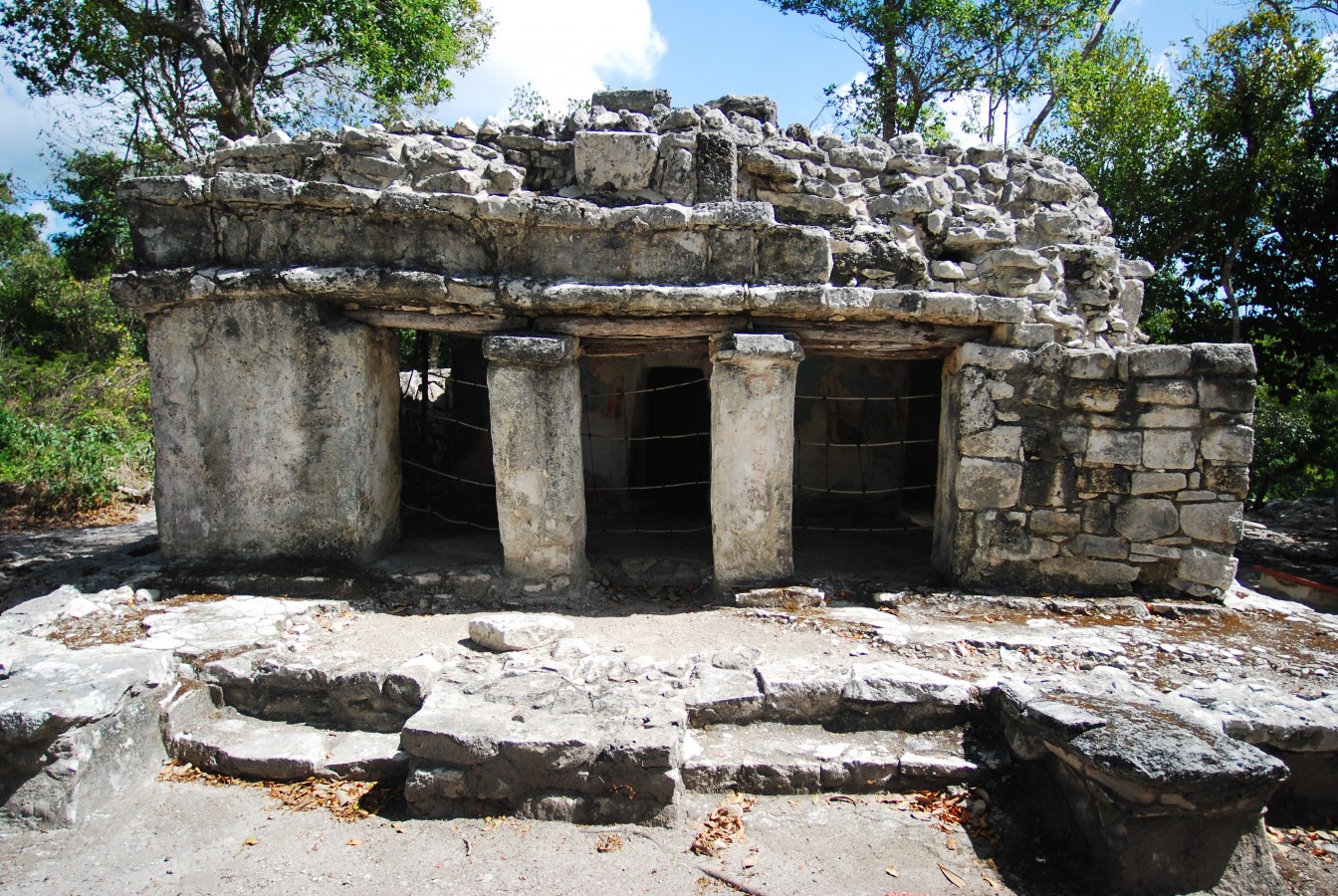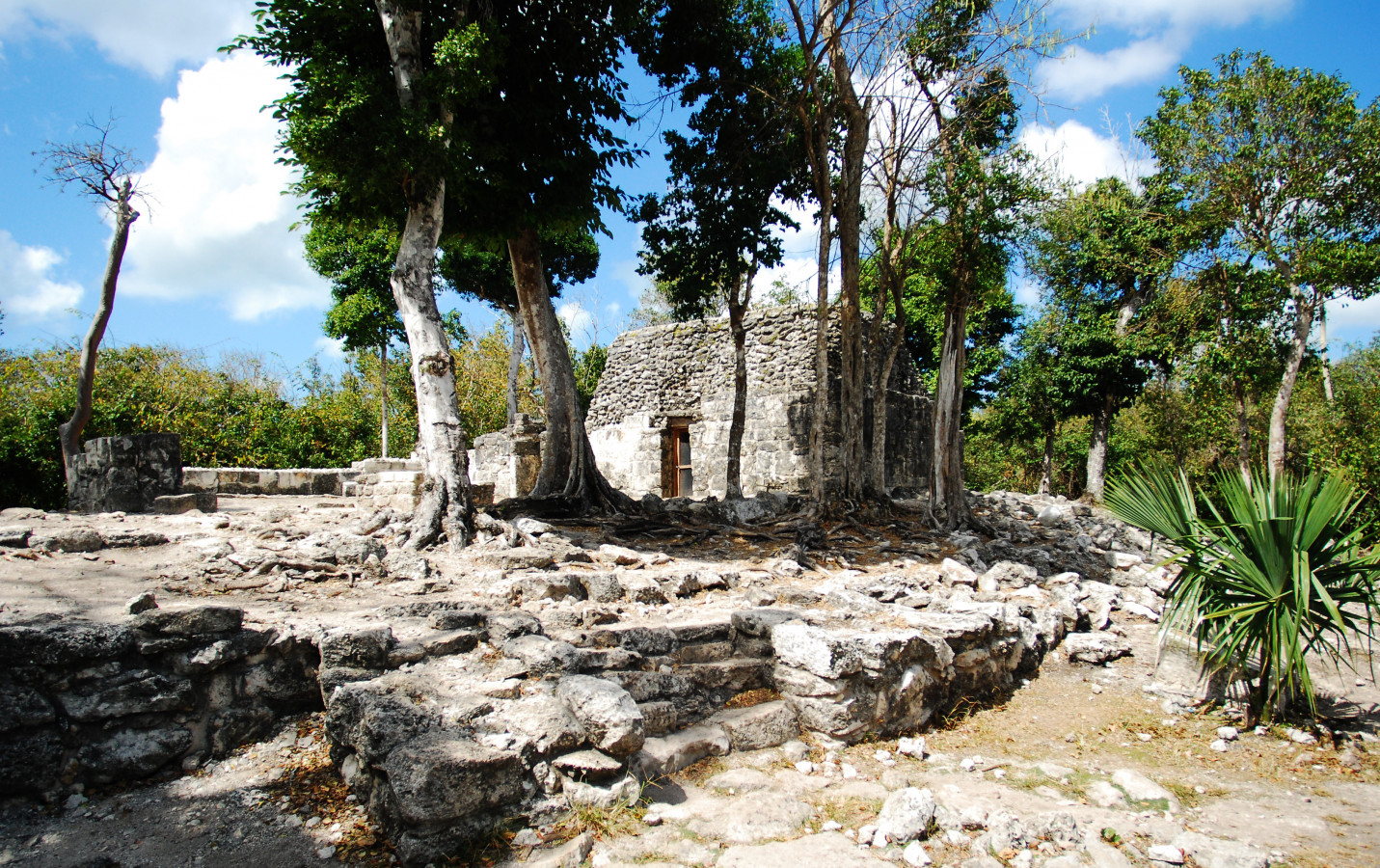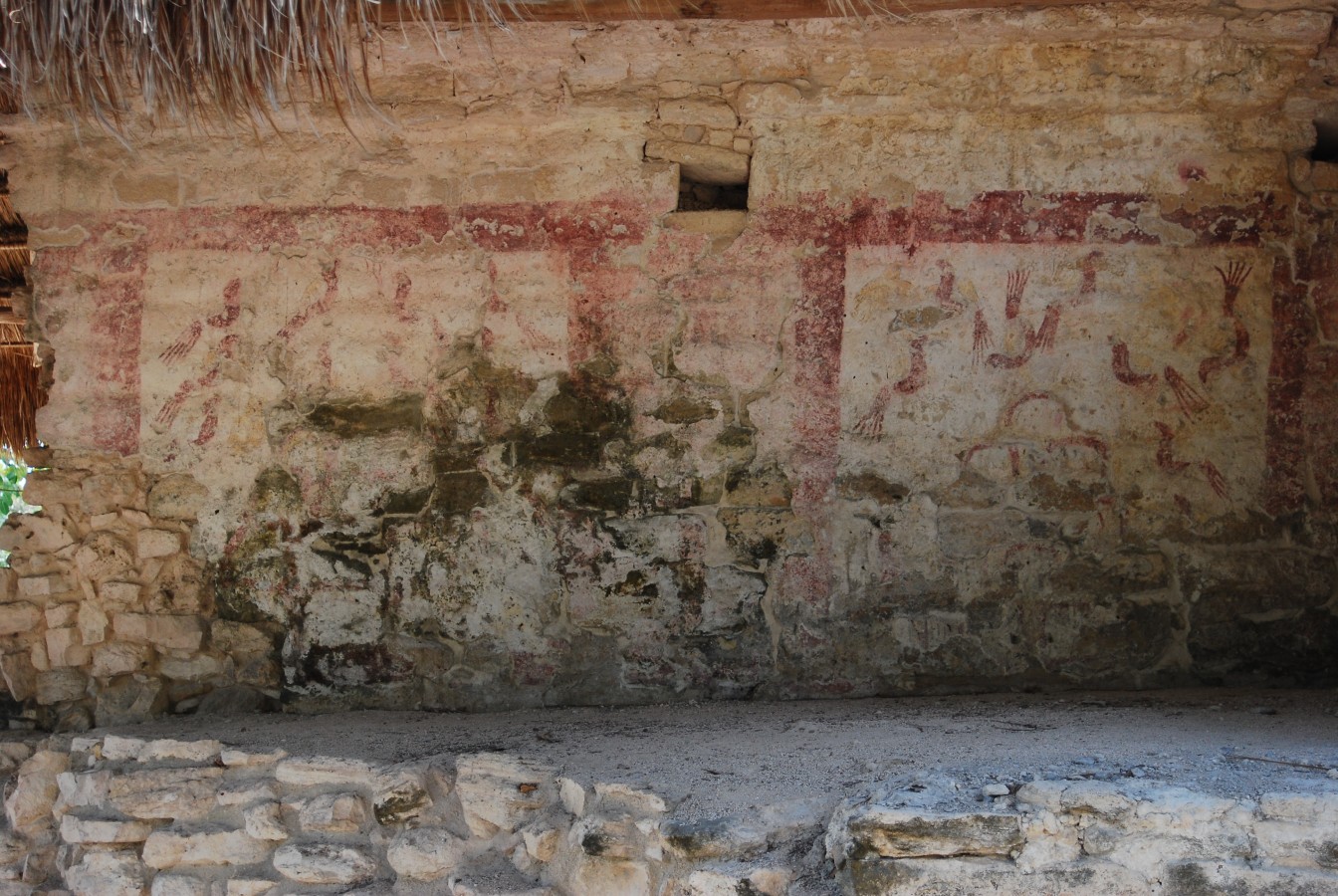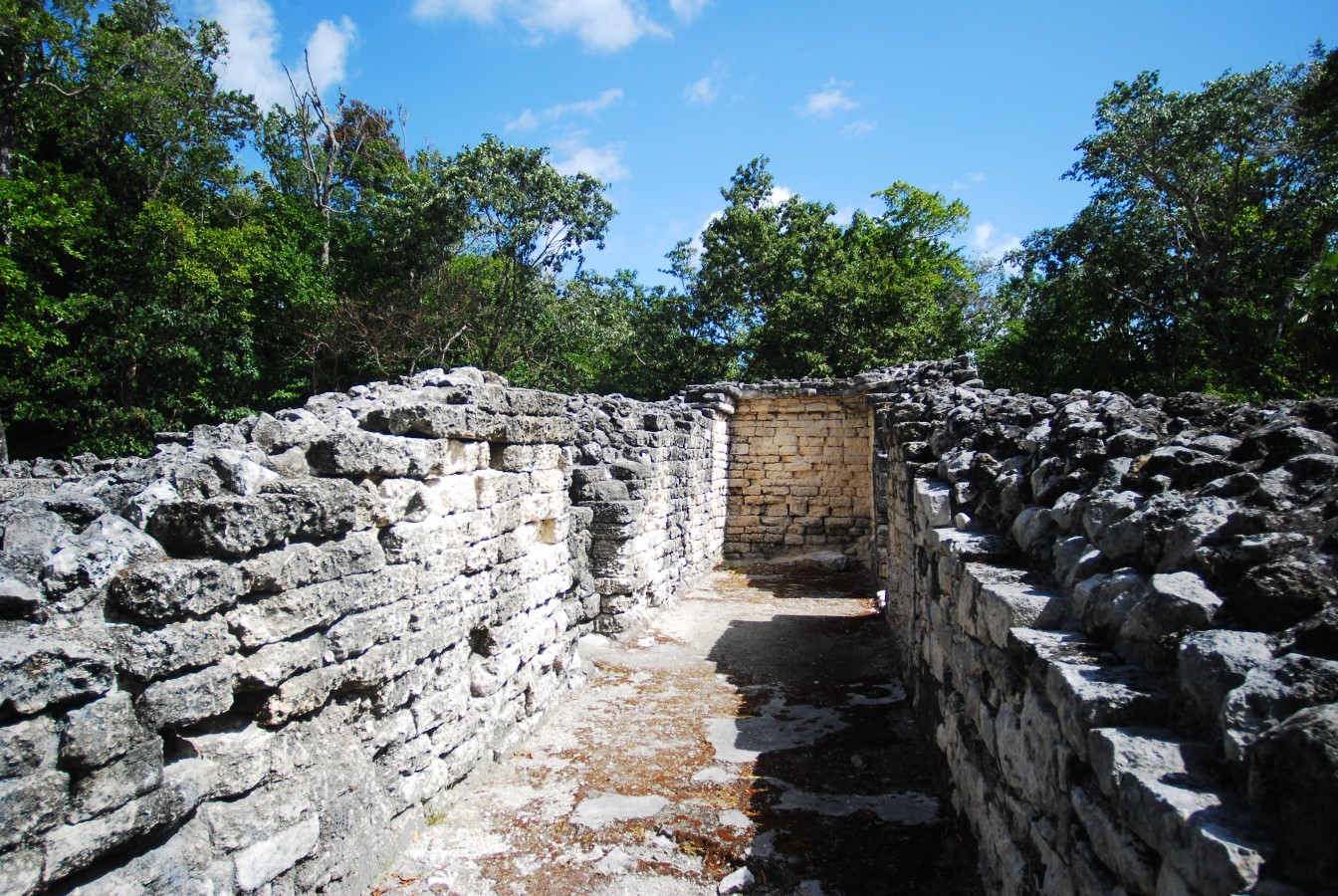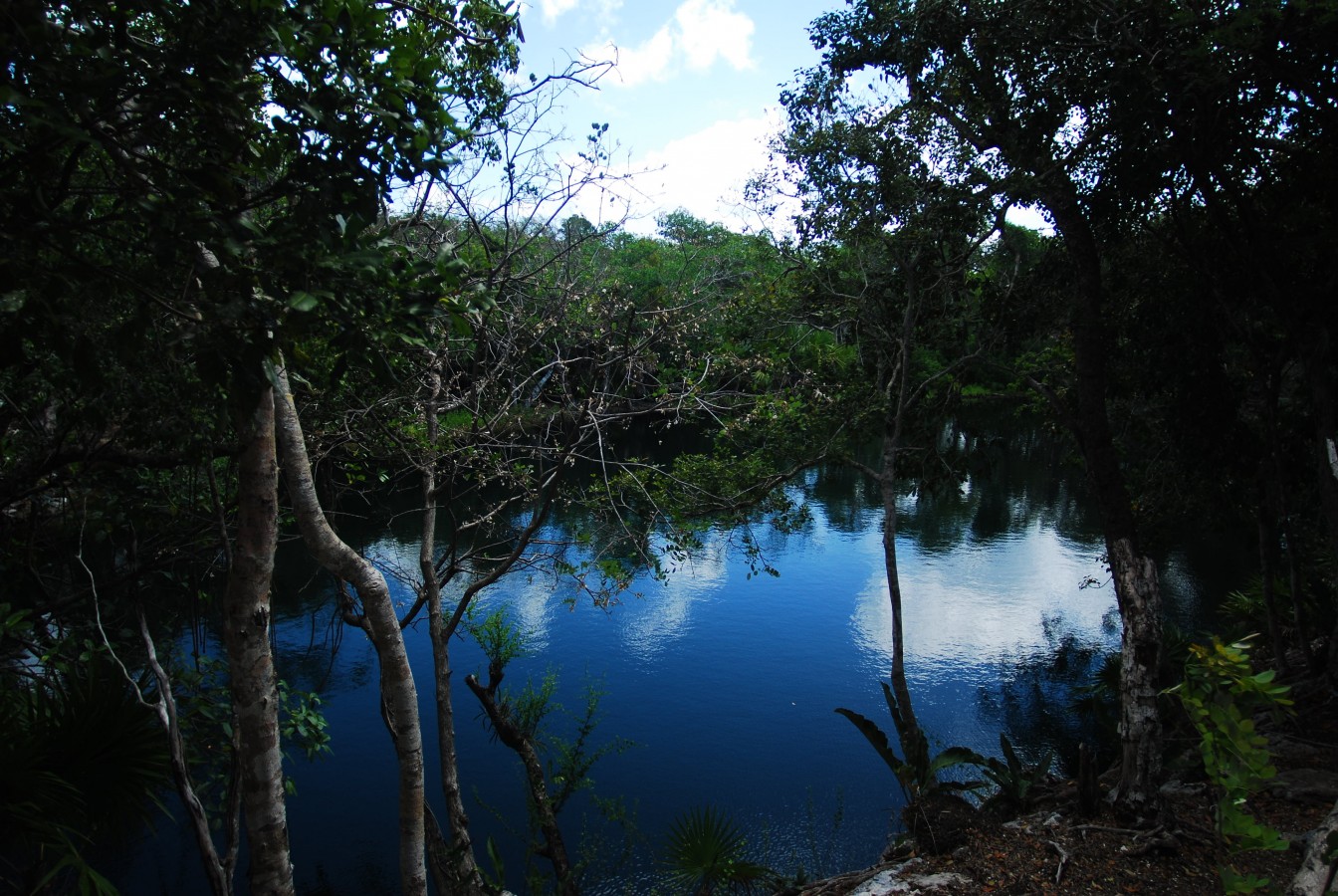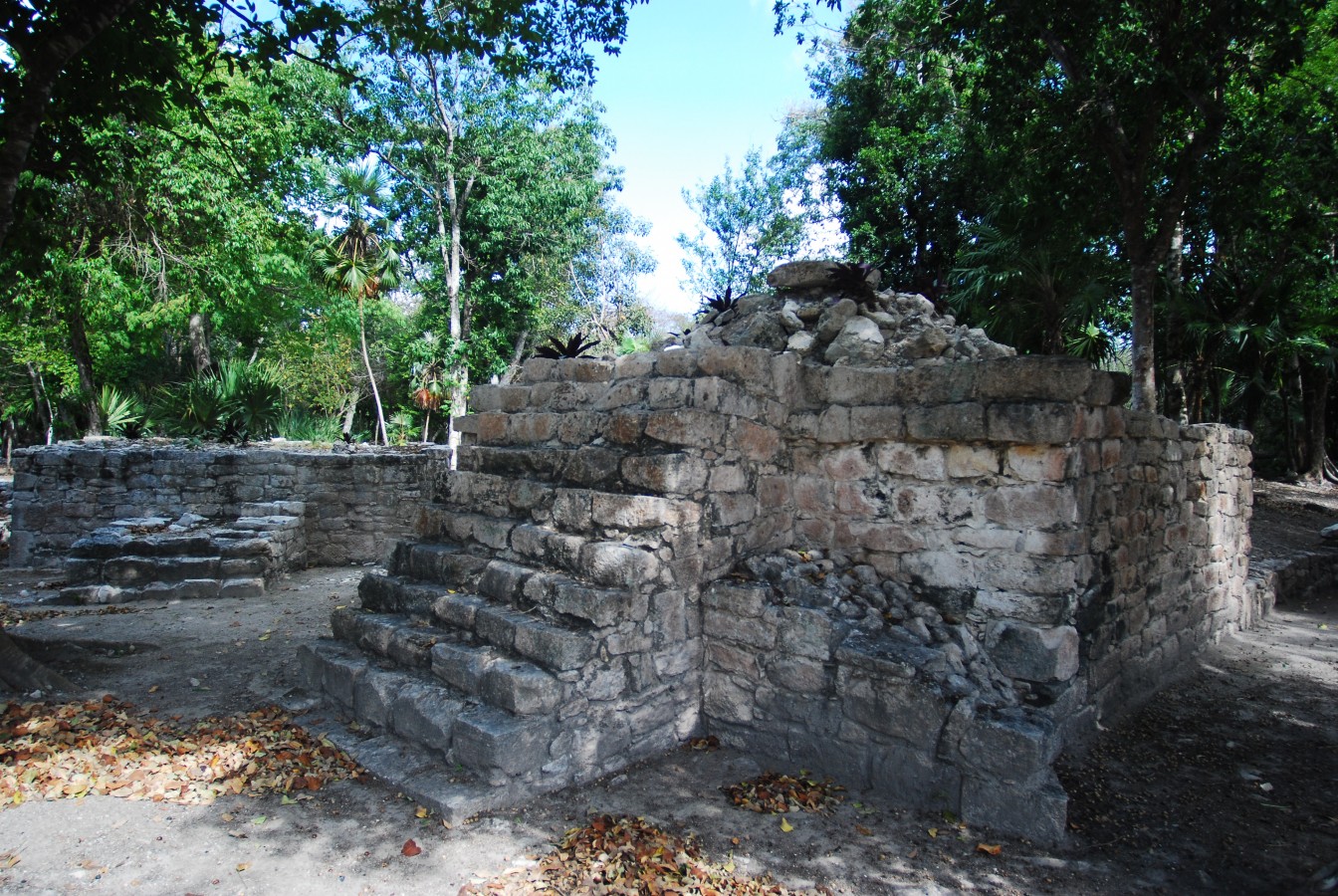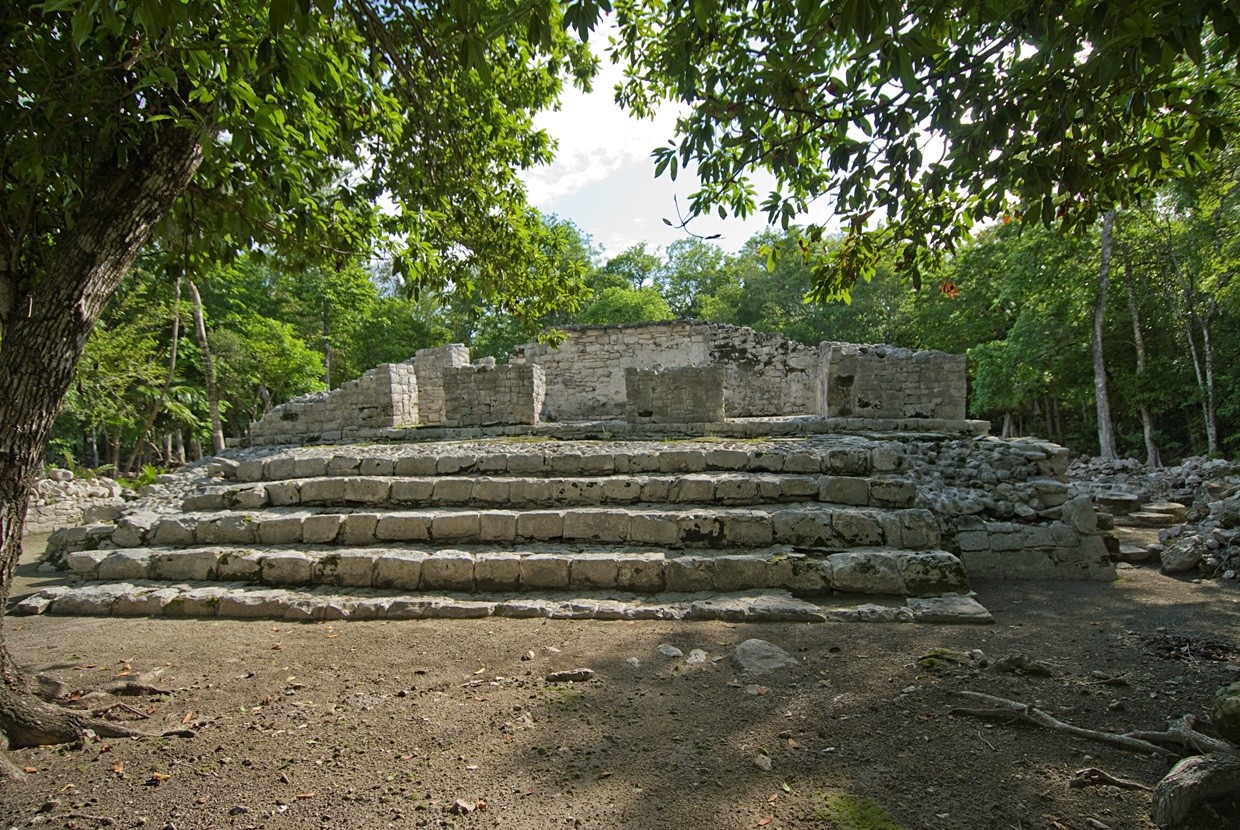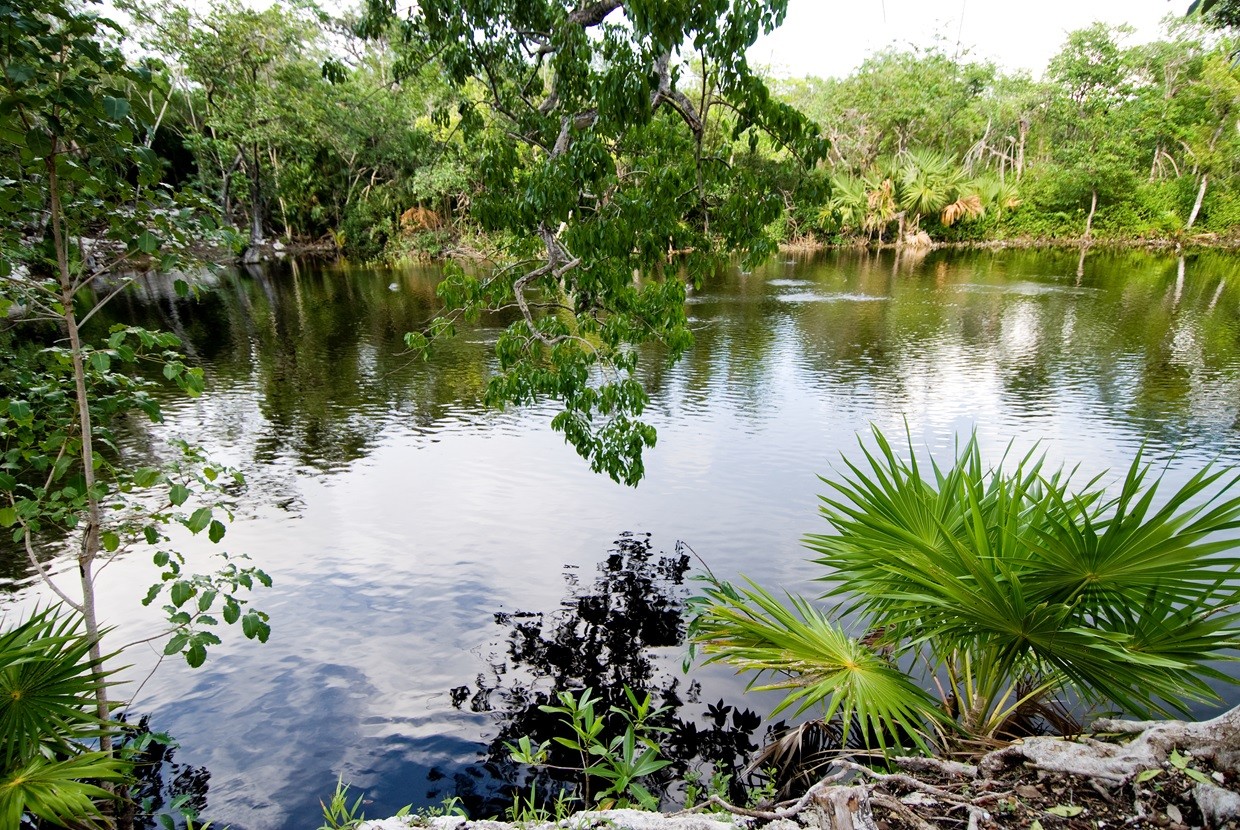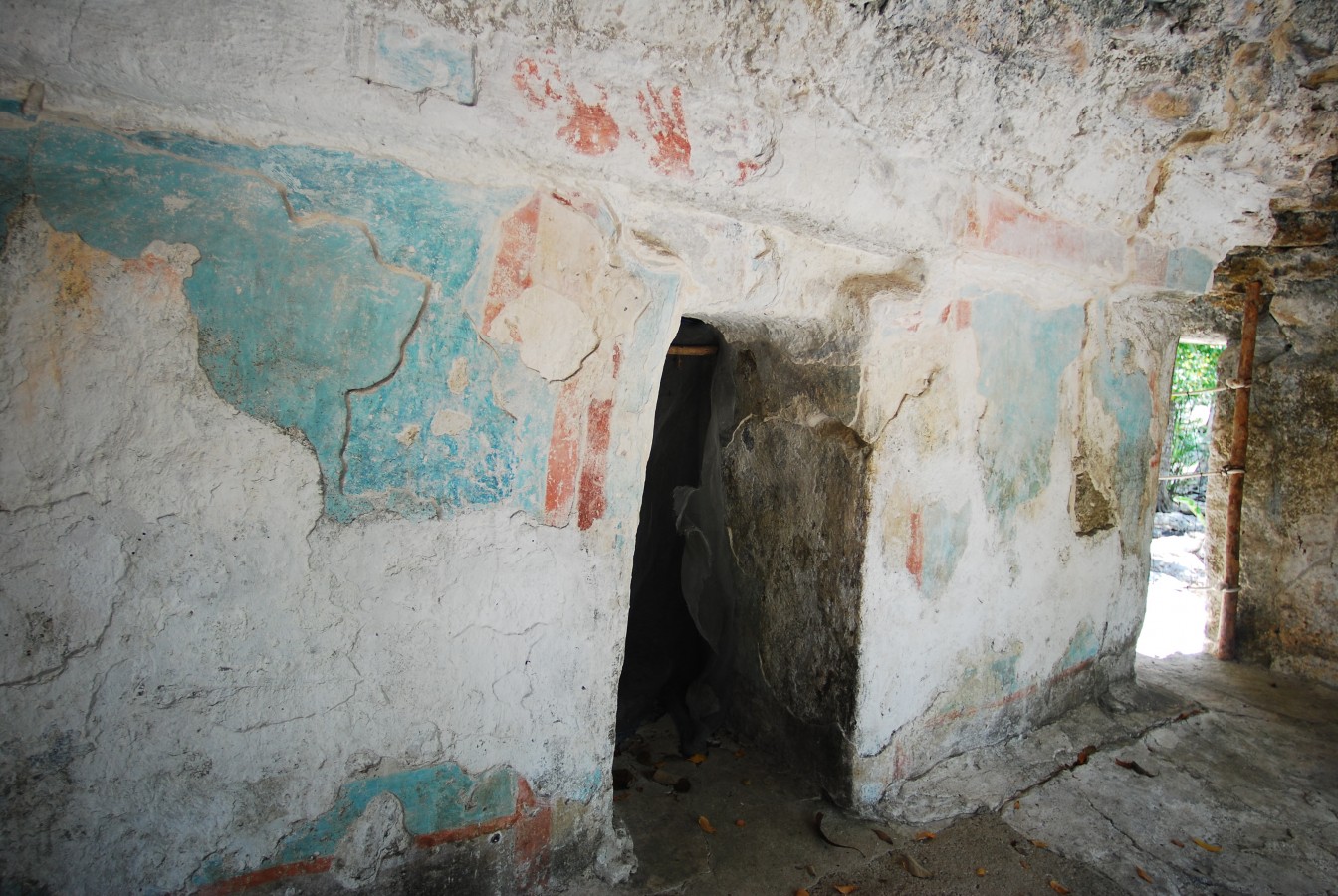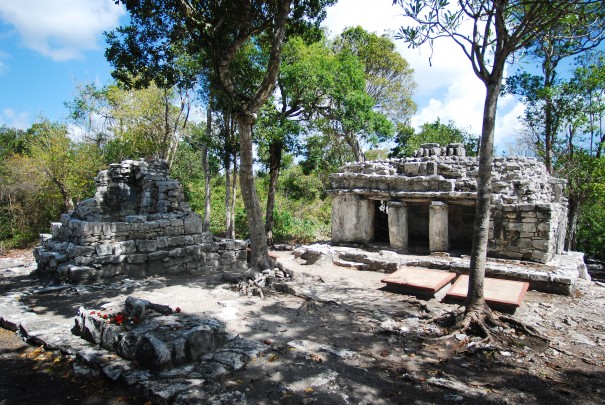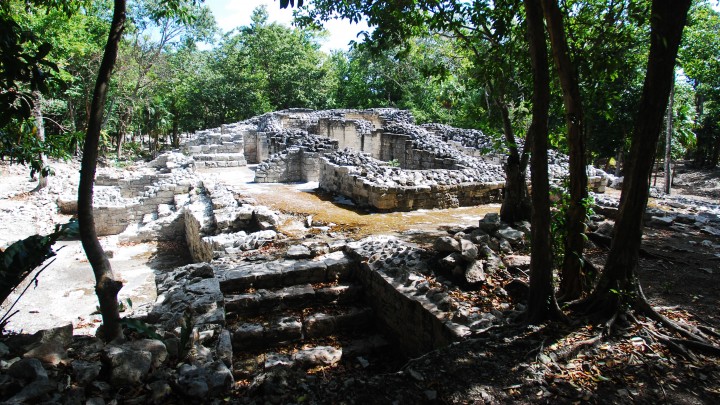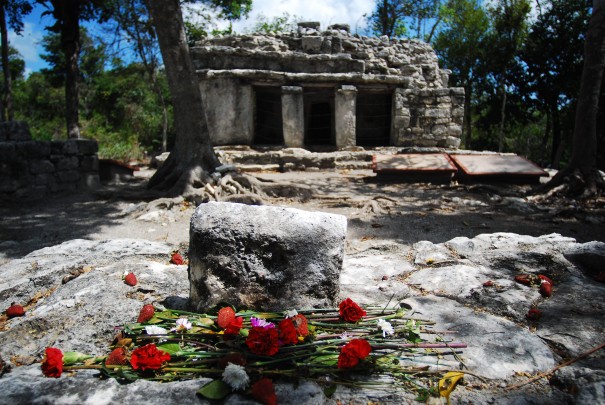Xelhá
Entrance of water
Crucial maritime port for the Maya Caribbean, possibly serving the great kingdom of Coba 1400 years ago. Impressive structures remain, such as the Building of the Birds, with its outstanding mural paintings. This and other vestiges reveal the influence of Teotihuacan.
About the site
Xelha was one of the main trading ports on the east coast of the Yucatan peninsula in the Late Postclassic period from 1250 to 1550. The history of Xelha falls into two major periods. The first was in the Early Classic from 250 to 600 when the port was the biggest and most important in the area and had beautiful palaces decorated with mural paintings to remind us of the influence that Teotihuacan then had on the Mayan region. It is thought that Xelha operated as the port of the great Kingdom of Coba, situated inland, whose capital was one of the most powerful cities of the peninsula.
Xelha lost its status from the year 600, when temples and palaces ceased to be built, but it became important again in the Late Postclassic when numerous coastal settlements relating to a new socio-economic system were established. Attractive buildings were once again erected, including a wall to defend the city or to demarcate the elite area.
Xelha had nearly been abandoned when the Spanish arrived. Many of its inhabitants died from the new diseases brought by the Europeans such as smallpox, yellow fever and diphtheria, while others fled from Spanish control. By 1550 the site was in ruins. This city might correspond to the Xala identified in the Spanish chronicles, where Francisco de Montejo later founded the settlement of Salamanca de Xelha.
The name Xelha means "water entrance," and comes from the Mayan “xel,” meaning piece or entrance and “ha” meaning water, a clear reference to the topography. The Xelha inlet is one of the most important on the Quintana Roo coast. It is a natural shelter ideal for a port with abundant flora and fauna; undoubtedly it was well known during the last years of the region’s pre-Hispanic history.
Throughout the site tour visitors can see magnificent examples of mural painting, in particular in the Edificio de los Pájaros ("Building of the Birds") which was painted between 200 and 600 AD. The Jaguar Group features a feline which gave its name to the complex; this was painted in the Postclassic period.
Xelha lost its status from the year 600, when temples and palaces ceased to be built, but it became important again in the Late Postclassic when numerous coastal settlements relating to a new socio-economic system were established. Attractive buildings were once again erected, including a wall to defend the city or to demarcate the elite area.
Xelha had nearly been abandoned when the Spanish arrived. Many of its inhabitants died from the new diseases brought by the Europeans such as smallpox, yellow fever and diphtheria, while others fled from Spanish control. By 1550 the site was in ruins. This city might correspond to the Xala identified in the Spanish chronicles, where Francisco de Montejo later founded the settlement of Salamanca de Xelha.
The name Xelha means "water entrance," and comes from the Mayan “xel,” meaning piece or entrance and “ha” meaning water, a clear reference to the topography. The Xelha inlet is one of the most important on the Quintana Roo coast. It is a natural shelter ideal for a port with abundant flora and fauna; undoubtedly it was well known during the last years of the region’s pre-Hispanic history.
Throughout the site tour visitors can see magnificent examples of mural painting, in particular in the Edificio de los Pájaros ("Building of the Birds") which was painted between 200 and 600 AD. The Jaguar Group features a feline which gave its name to the complex; this was painted in the Postclassic period.
Did you know...
- The ceremonial center is made up of five groups of buildings: El Palacio ("The Palace"), Las Pilastras ("The Pilasters"), Lothtop, Los Pájaros ("The Birds") and Jaguar.
- The Palace is the oldest and largest group at Xelha.
- The Jaguar Group was built next to a deep and beautiful cenote.
- The Birds still preserves mural paintings that depict various birds of the region, as well as a figure of the god Tlaloc.
Practical information
Temporarily closed
Monday to Sunday from 08:00 to 17:00 hrs. Last entry 16:30 hrs.
$95.00 pesos
Permanecerá cerrada al público hasta nuevo avisto, debido a trabajos del Programa de Mejoramiento de Zonas Arqueológicas (PROMEZA)
Se localiza a 113 km al sur de Cancún y 14 km al norte de Tulum.
Services
-
+52 (983) 837 24 11
-
This email address is being protected from spambots. You need JavaScript enabled to view it.
Directory
Encargado de la administración de la Zona Norte
Williams Ferneli Tun Cab
This email address is being protected from spambots. You need JavaScript enabled to view it.


